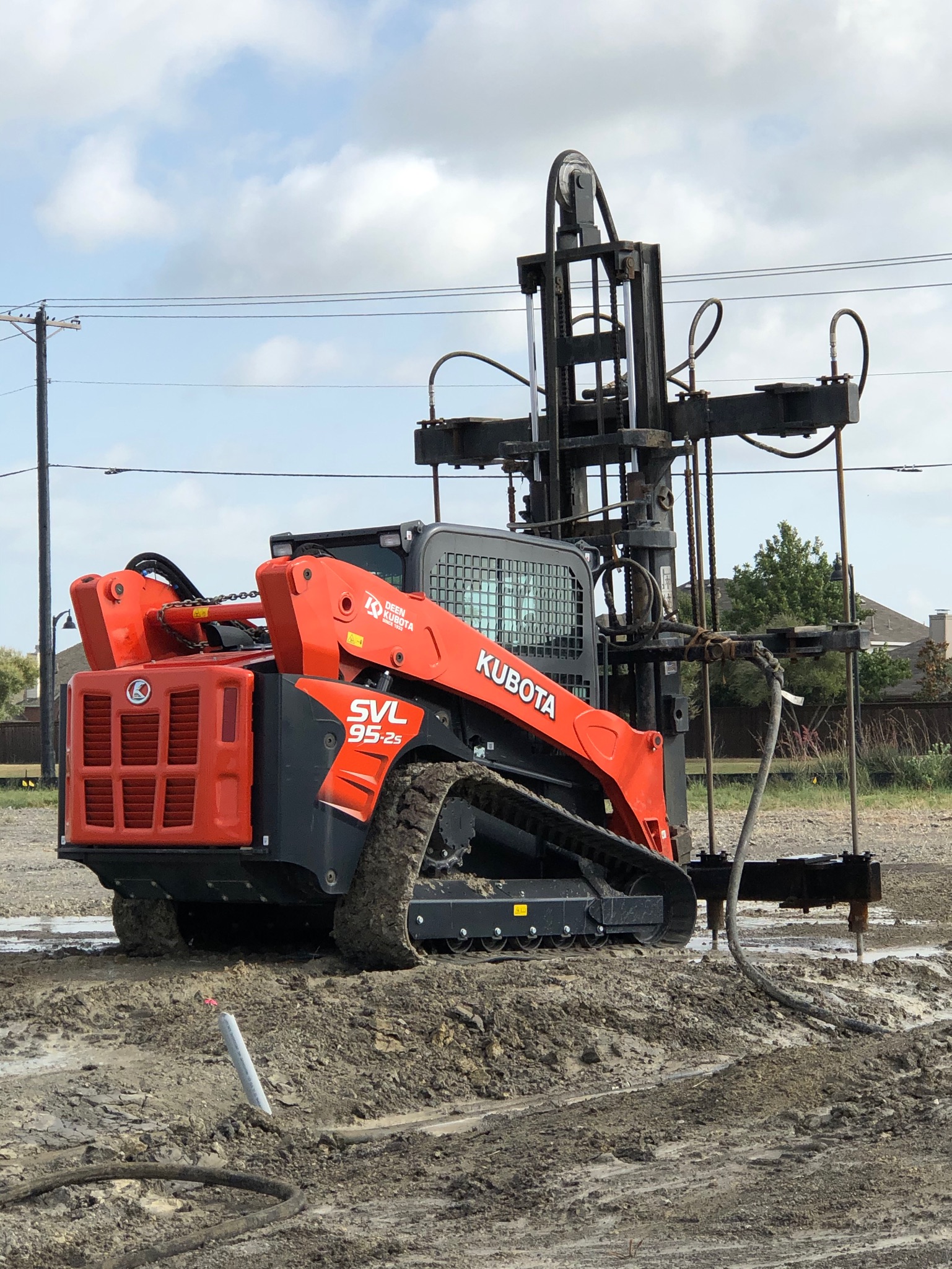Imagine planning a new subdivision. It all looks wonderful on paper, but what happens when the ground beneath isn’t reliable? This is a common challenge. The soil may seem stable at first glance, but over time, it can shift, expand, and contract. These changes can lead to cracks in foundations and roads, creating a headache for developers and homeowners. It’s crucial to find a solution that ensures the ground remains steady over the long haul, supporting structures and keeping project timelines on track.
That’s where innovative approaches come into play. One effective method is soil injection, which can transform unpredictable ground into a reliable foundation for neighborhoods. This process not only helps stabilize the soil, preventing shifting and settling, but it also makes sure structures stay solid.
What Is Soil Injection and How Does It Work?
Soil injection might sound technical, but it’s pretty straightforward. It involves injecting a specially formulated solution into the ground. This solution interacts with clay particles, changing their behavior. Normally, clay absorbs water, which causes swelling and shrinking. Our solution alters these clay particles, so they don’t soak up water as much. This means there’s less swelling and contracting, which keeps the soil stable.
Here’s a quick rundown of how the process works:
– Assessment: First, the soil is carefully evaluated to figure out its composition and needs.
– Preparation: The right amount of solution is prepared based on the soil’s analysis.
– Injection: The solution is then injected deep into the ground using specialized equipment.
This procedure keeps the soil firm and consistent, providing a solid base for homes and infrastructure. It’s akin to securing a boat with sturdy anchors. Once set, it’s much less likely to drift off course.
Benefits of Soil Injection for Large-Scale Developments
Soil injection brings several perks to the table, making it a good choice for big developments. Let’s look at why this method has become a trusted option:
1. Material Efficiency: The solution used requires a lot less bulk compared to traditional materials. This not only means less waste but translates to tangible savings on materials.
2. Labor and Time Savings: The process is quick and doesn’t demand a lot of workforce. This setup slashes costs on labor and keeps the project moving at a steady pace.
3. Minimal Disruption: As the solution is injected directly into the soil, it keeps disruptions at the site to a minimum. Construction can continue around it without major pauses.
4. Long-Lasting Stability: The results are durable, reducing the need for frequent repairs or maintenance. This longevity saves money in the long run.
5. Environmental Benefits: Using fewer resources and cutting down on machinery makes the process kinder to the planet. This approach can also help lower compliance and mitigation costs related to environmental concerns.
Overall, soil injection stands out as a resilient method for developers aiming to create stable and sustainable communities. It puts them on the right track for constructing lasting infrastructures.
Comparing Soil Injection to Other Methods
When you think about stabilizing soil, a few different methods might come to mind. One common method is moisture conditioning, which involves adding or removing moisture from the soil to reach a desired consistency. While this can be effective in some cases, it often requires a lot of time and labor. Plus, it doesn’t always provide a lasting solution, as soil can still shift with changing weather conditions.
Another traditional approach involves using select fill, a material brought in to replace or supplement existing soil. This involves extensive excavation and large volumes of material, making it a more cumbersome and pricey option. Compared to these methods, soil injection is a straightforward and long-lasting solution. The injection process doesn’t require digging up large areas or waiting for soil to dry out. It’s all about precision and efficiency, providing stability with minimal fuss and cost.
Ensuring Stability for the Future
Choosing the right method for soil stability is more than just a construction decision. It’s about laying down the foundation for long-term success. Stable soil not only holds up buildings and roads; it supports the safety and happiness of those living in the community.
Imagine having the peace of mind that your neighborhood is built on solid ground. This solid foundation reduces the risk of cracks and structural issues down the road, saving time and money on repairs. For developers, it means ensuring that projects meet deadlines and customer expectations. For homeowners, it means living without the worry of future foundation issues.
In the end, considering tried-and-true methods like soil injection could be the key to achieving lasting stability. It aligns with a vision of progress that values both practicality and innovation, ensuring that each development stands the test of time.
If you’re working on a new residential development and need a long-term way to prevent soil movement, learning about ground stabilization methods can make all the difference. ProChemical Soil Stabilization offers a reliable injection process that supports stronger foundations with less disruption and more durability. To explore how this solution can benefit your next project, take a look at our ground stabilization methods and see how to build with confidence from the ground up.

